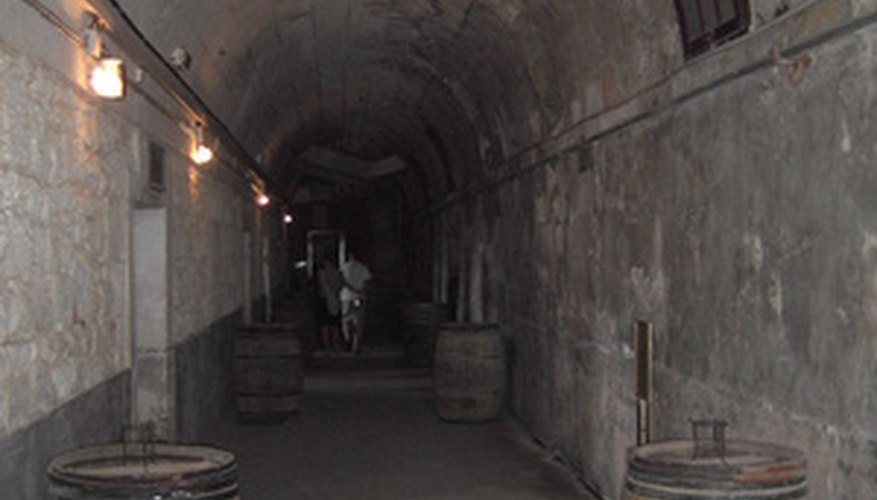Fatal black mould, Stachybotrys chartarum, can be located in any location that is dark and moist. Black mould is fatal and any drywall and baseboards that are infected must be removed. Black mould releases mycotoxins and causes respiratory problems. You may notice an increase in allergic reactions from high mould levels. Fatal mould can also cause headaches, difficulty concentrating, dizziness and a short attention span.
- Fatal black mould, Stachybotrys chartarum, can be located in any location that is dark and moist.
Search for black mould in areas of high humidity, greater than 55 per cent; where there are leaks in pipes; in flood areas; where there are mildewy or musty smells; in damp basements; where humidifiers are running; and where you see rust forming. Poor ventilation can also cause mould to form. Look at damp or wet rugs, indoor clothes lines, carpet or furniture that has been wet. Look at bathroom tile, behind vinyl wallpaper, in crawl spaces and anywhere there are lots of indoor plants. Check the attic to ensure you don't have mould growing from a leaking roof. Look in air conditioning ducts, swamp coolers and on insulation. Mold can even hide inside cabinets.
Identify the smell of black mould. Black mould smells like urine. It will smell musty and mildew, but not unless it is out in the open. If it is growing in the walls, you will not smell fatal black mould.
Look closely at the mould you find. Fatal black mould is dark and slimy. It is greenish-black. You may also find black, grey-brown, white, orange, pink, purple or grey-green mould in the areas where fatal black mould is found. Other moulds can be as fatal or more fatal than black mould, so be careful with any type of mould you find. See Resource 1 for photographs of different types of mould.
- Identify the smell of black mould.
- Other moulds can be as fatal or more fatal than black mould, so be careful with any type of mould you find.
Test the humidity in your home. Mold grows where humidity is 55 per cent or higher. Take your sensor around the house, especially in mould-prone areas, while you are searching for mould.
- Test the humidity in your home.
- Take your sensor around the house, especially in mould-prone areas, while you are searching for mould.
Send a sample of any mould you find to a biological growth lab. Find mould kits in home improvement stores, but wear protective gear when collecting mould spores. Some tests sample the air, while others want samples of the actual mould. Follow the instructions carefully if you are conducting the test yourself. You can also hire a licensed contractor to test your mould.
WARNING
Wear a HEPA grade face mask over your nose and mouth so that you do not breathe in fatal black mould spores. Do not use the common face masks sold in hardware stores for dust particles, as these do not keep out tiny mould spores.
